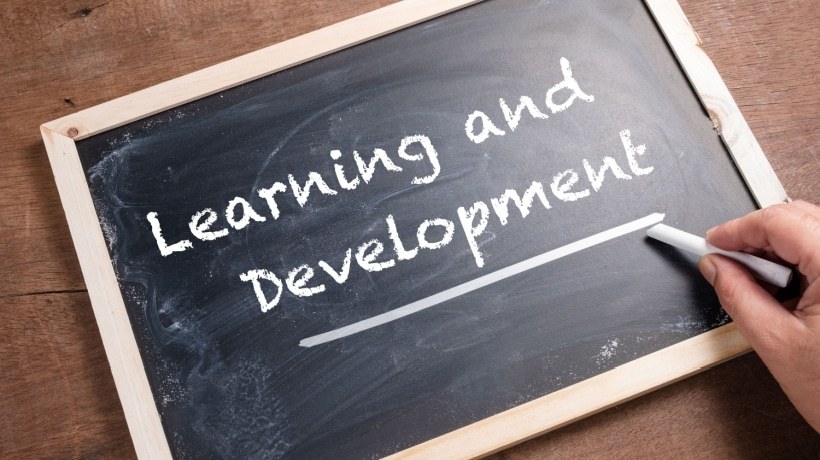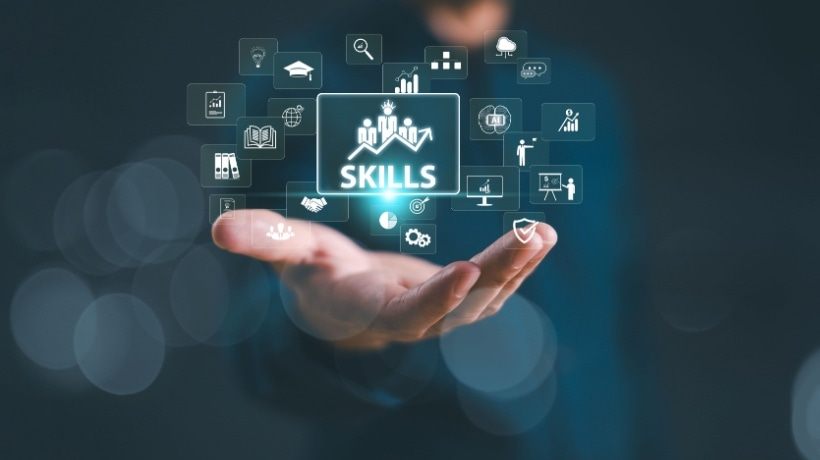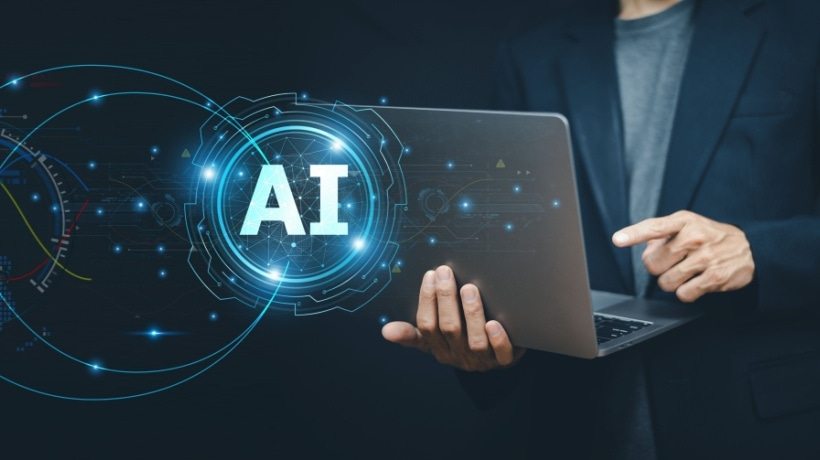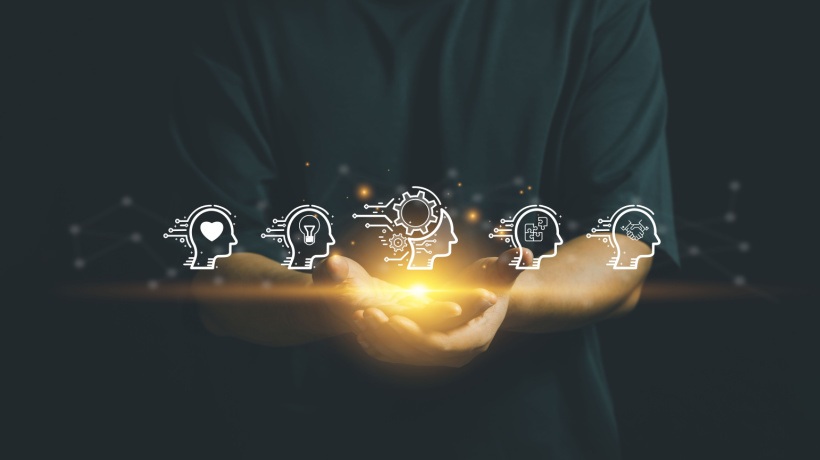The New Era Of L&D: The Heart Hasn't Changed
Let me share something I've been seeing up close: Learning and Development (L&D) isn't just evolving, it's transforming at a pace most of us haven't experienced before. Think about it. Five years ago, we were talking about online learning as a support system. Today, it's the backbone of how organizations reskill, retain, and empower their workforce. Roles are shifting, skills are constantly being redefined, and development plans look nothing like the ones we built a decade ago.
As an L&D professional, I often hear leaders ask: "What are the most practical innovations I can try for my workforce? How do I even know what skills to prioritize?" If you've been wrestling with these questions, you're not alone. Let's unpack what's happening and where you can focus your energy.
1. From Job Roles To Skills: The Shift That Changes Everything
We used to design learning around static job descriptions. Today, work doesn't fit neatly into those boxes anymore. Organizations are moving towards skills-first strategies. Why? Because skills are the true currency of growth.
- Skill taxonomies and frameworks (like those built into modern LMS platforms) are helping businesses identify what's missing today and what will be critical tomorrow.
- Internal talent marketplaces are emerging, where employees are matched to projects based on skills rather than job titles.
- For you as a leader, this means reskilling isn't a side project; it's your strongest retention strategy.
2. AI Is Here, But It Needs Guardrails
AI is no longer futuristic; it's already inside your LMS and learning strategy, nudging learners with personalized recommendations. And when done right, it feels like magic.
- Personalized pathways
AI analyzes learner behavior and suggests courses aligned with career aspirations. - Time-saving automation
Admin tasks like enrollment, reporting, and feedback loops are becoming easier. - Skill visibility
AI-powered dashboards give leaders clarity on workforce readiness.
But here's my caution: AI is only as strong as the data and governance behind it. Be curious, experiment, but also ask vendors tough questions about transparency, bias, and data safety.
3. Skills-Based Learning Meets Human-Centered Design
While technology can scale, human-centered design makes it stick. The innovations I'm most excited about are the ones that blend tech with empathy:
- Microlearning and nudges
Small, just-in-time bursts of knowledge that respect learners' busy schedules. - Learning in the flow of work
Integrations with MS Teams, Slack, or CRMs where employees already spend their time. - Career-linked learning
Development plans that directly connect skills learned to promotions or new opportunities.
These aren't just "nice-to-haves." They're becoming expected.
4. Immersive Learning Is No Longer An Experiment
Virtual Reality (VR) and Augmented Reality (AR) were once buzzwords. Today, they're practical tools, along with much-utilized simulations, scenario-based learning, and gamification, especially for remote and global teams.
- Imagine a frontline worker practicing safety protocols in VR, risk-free.
- Or a new manager stepping into a gamified simulation to practice leadership conversations.
These immersive approaches increase retention and confidence, especially in high-stakes roles. And the good news? Costs are decreasing, making them more achievable for a wider range of organizations.
5. Collaboration Is The New L&D Superpower
Here's the truth: in the new era, L&D can't succeed in a silo anymore. The most impactful programs I've seen were born from strong collaboration between HR, IT, and business leaders.
- HR provides the lens of talent and culture.
- IT ensures systems integrate seamlessly.
- Business leaders tie learning to strategy and growth goals.
When these voices come together, learning becomes a business driver, not just an HR function.
If You're Unsure About Skills Or Priorities, Start Here
Many leaders tell me, "I'm not even clear about which skills matter most." That's completely understandable. The landscape in this new era of L&D is noisy. Here's a simple approach I recommend:
- Listen to your business strategy
What's changing in your market, product, or customer expectations? - Look at your workforce data:
Where are people leaving? Which teams are struggling? - Start small with pilots
Choose one area, like digital fluency, leadership readiness, or customer experience, and run a focused program. Measure, learn, scale.
Remember: you don't have to do everything at once. Even small, intentional moves can create big ripples in culture and performance.
Final Thought: The Heart Of L&D Hasn't Changed
Yes, the tools, roles, and strategies are shifting dramatically. But at the heart of it, even the new era of L&D is still about unlocking human potential. As CLOs and L&D leaders, our job is to create environments where people feel capable, supported, and inspired to grow. Whether through AI-driven personalization, immersive simulations, or simply better conversations between managers and teams, the goal remains the same: to help people thrive so that organizations can thrive.
If you're curious about which innovations could work best for your workforce, start exploring. Try something small, measure the impact, and don't be afraid to iterate. Because in 2025, the most successful L&D leaders won't be the ones who did everything, they'll be the ones who moved with intention.








